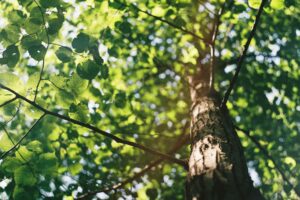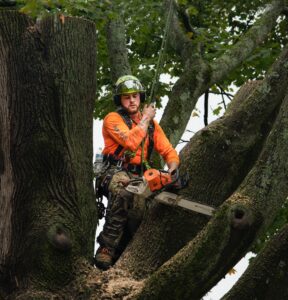What Do You Call a Tree Removal?
What Do You Call a Tree Removal?
Did you know that every year, over 3 million trees are removed in the United States alone? If you’re in need of tree removal services, it’s important to choose a professional team that can safely and efficiently handle the job. In this article, we will explore the history of tree removal services, provide tips for finding the right professionals, and outline the dos and don’ts of tree removal. So, if you’re wondering what to call a tree removal, keep reading for all the answers you need.
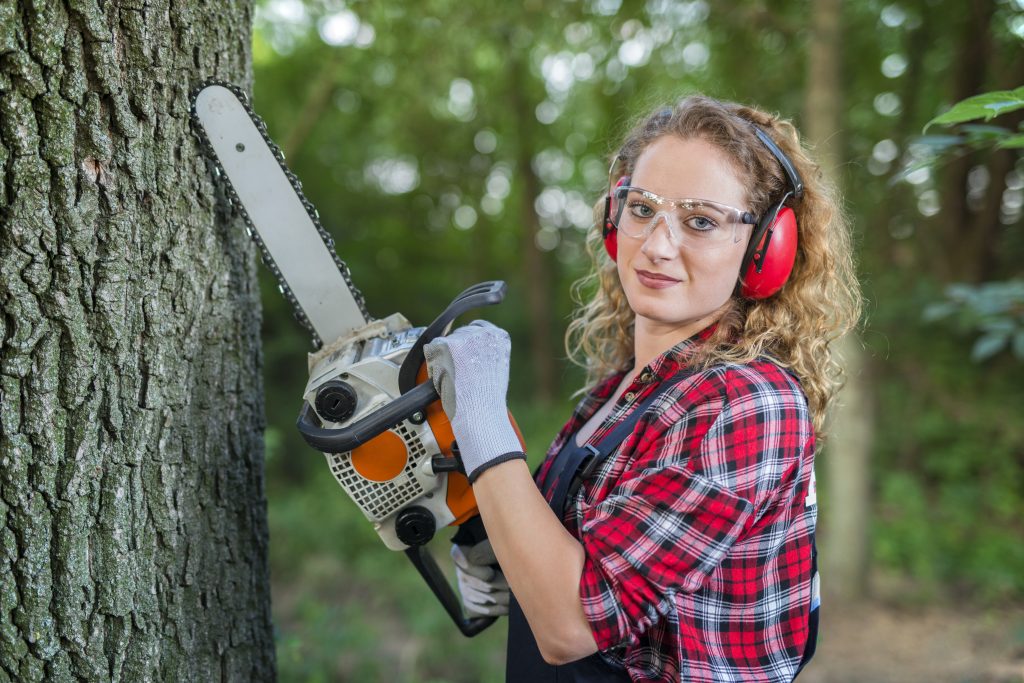
Key Takeaways
- Tree removal services are necessary for safely and efficiently removing unwanted or hazardous trees.
- Hiring professional arborists is crucial for safe tree removal.
- Professional arborists possess the necessary equipment, skills, and knowledge for safe and efficient tree removal.
- Considering cost-effective methods ensures getting the most value for money spent on tree removal services.
Introduction to Tree Removal Services
Tree removal services are essential for safely and efficiently removing unwanted or hazardous trees. When it comes to tree removal techniques, there are several best practices that professionals follow to ensure the job is done effectively. Here are some key points to grab your attention:
- Proper assessment: A skilled tree removal expert will assess the tree’s condition, location, and potential risks before starting the removal process.
- Safety precautions: Professionals use specialized equipment like chainsaws, ropes, and harnesses to safely cut down trees without causing any damage to nearby structures or the environment.
- Precise cutting: Tree removal experts employ specific cutting techniques to control the direction of the tree’s fall, ensuring it doesn’t pose a risk to people or property.
- Efficient disposal: After the tree is removed, professionals dispose of the debris responsibly, either through recycling or proper disposal methods.
History of Tree Removal Services
To learn about the history of how people have gotten rid of unwanted trees, take a look at the evolution of tree removal services. Throughout the centuries, humans have employed various evolutionary techniques to tackle the task of tree removal. In ancient times, people relied on primitive tools such as axes and saws to cut down trees. As civilizations advanced, so did the methods used to remove trees. The invention of pulleys and ropes allowed for the controlled felling of larger trees, while the development of chainsaws in the 20th century revolutionized the industry.
Tree removal services have always held a cultural significance, as trees often symbolize strength, beauty, and even spirituality. In many societies, the act of removing a tree was seen as a significant event, with rituals and ceremonies accompanying the process. Over time, the focus shifted from the cultural significance to the practical aspects of tree removal, such as clearing land for agriculture or making way for construction.
Understanding the history of tree removal services can provide valuable insights into the techniques and tools used today. By studying the evolutionary journey of tree removal, we can gain a deeper appreciation for the advancements made in the industry. Now that you have a historical perspective, let’s explore some tips for effective tree removal.
Tips
When it comes to safe tree removal, hiring professional arborists is essential. These highly trained experts have the knowledge and experience to assess the tree’s condition, identify potential risks, and execute the removal process safely. Not only does this ensure the safety of your property and surrounding areas, but it also saves you from potential costly damages and liabilities.
Safe Tree Removal
If you want to ensure a safe tree removal, you should always hire a professional arborist. These experts are equipped with the necessary knowledge, skills, and tools to carry out the job efficiently and safely. Tree removal techniques vary depending on the specific circumstances, such as the size and location of the tree. Professionals employ different methods, including cutting, felling, and dismantling, to ensure minimal impact on the surrounding area and structures. They also utilize specialized tree removal equipment, such as chainsaws, cranes, and wood chippers, to facilitate the process. These tools enable them to work with precision and reduce the risk of accidents. By hiring a professional arborist, you can trust that your tree removal will be carried out using the appropriate techniques and equipment, ensuring a safe and efficient process.
Hiring Professional Arborists
Hiring professional arborists ensures that the tree removal process is carried out safely and efficiently. When it comes to removing trees, it is crucial to have the right equipment, skills, and knowledge. Professional arborists possess all of these qualities, making them the best choice for the job. They have undergone extensive training and are experienced in handling various tree removal scenarios. One of the benefits of hiring professionals is that they prioritize safety. They know how to assess the risks involved and implement appropriate measures to protect both the property and the people around. Moreover, professional arborists can efficiently remove trees without causing damage to nearby structures or landscape. Their expertise allows them to complete the task in a timely manner, ensuring cost-effectiveness. By hiring professionals, you can have peace of mind knowing that the tree removal process will be done safely, efficiently, and with minimal disruption. Moving on to cost-effective tree removal, let’s explore another aspect of this topic.
Cost-Effective Tree Removal
To get the most bang for your buck, it’s essential to consider cost-effective methods for removing trees. When it comes to tree removal, there are several cost-saving techniques and alternatives that you can explore. One option is to hire a professional arborist who can assess the situation and provide recommendations based on their expertise. They may suggest methods such as tree felling or tree dismantling, depending on the size and location of the tree. Another alternative is to consider DIY tree removal, but this can be risky and should only be attempted if you have the necessary knowledge and equipment. By exploring these cost-saving techniques and tree removal alternatives, you can ensure that you make an informed decision while keeping your expenses in check. Now, let’s delve into the traits of professional tree removal services.
Traits of Professional Tree Removal Services
When looking for professional tree removal services, you should consider their experience and expertise. Professional tree removal services possess the necessary knowledge and skills to safely and efficiently remove trees from your property. One important aspect to consider is their understanding of various tree removal techniques. These techniques include directional felling, sectional dismantling, and crane-assisted removal. A professional service will be well-versed in these techniques and able to determine the most suitable approach for your specific tree removal needs.
Another important factor to consider is whether the tree removal service holds proper certification. Certification ensures that the service has met industry standards and possesses the necessary qualifications to perform tree removal safely. Certification programs typically cover topics such as tree identification, tree biology, safety protocols, and proper use of equipment.
By choosing a professional tree removal service with experience, expertise, and certification, you can have peace of mind knowing that your tree removal needs will be handled with utmost care and professionalism.
Transitioning into the subsequent section about steps for safe and efficient tree removal, it is essential to follow a systematic approach to ensure the successful completion of the task.
Steps for Safe and Efficient Tree Removal
Following a systematic approach is essential for ensuring the safe and efficient removal of trees. When it comes to tree removal, there are several techniques and equipment that professionals rely on to get the job done effectively. Here are some key steps to consider:
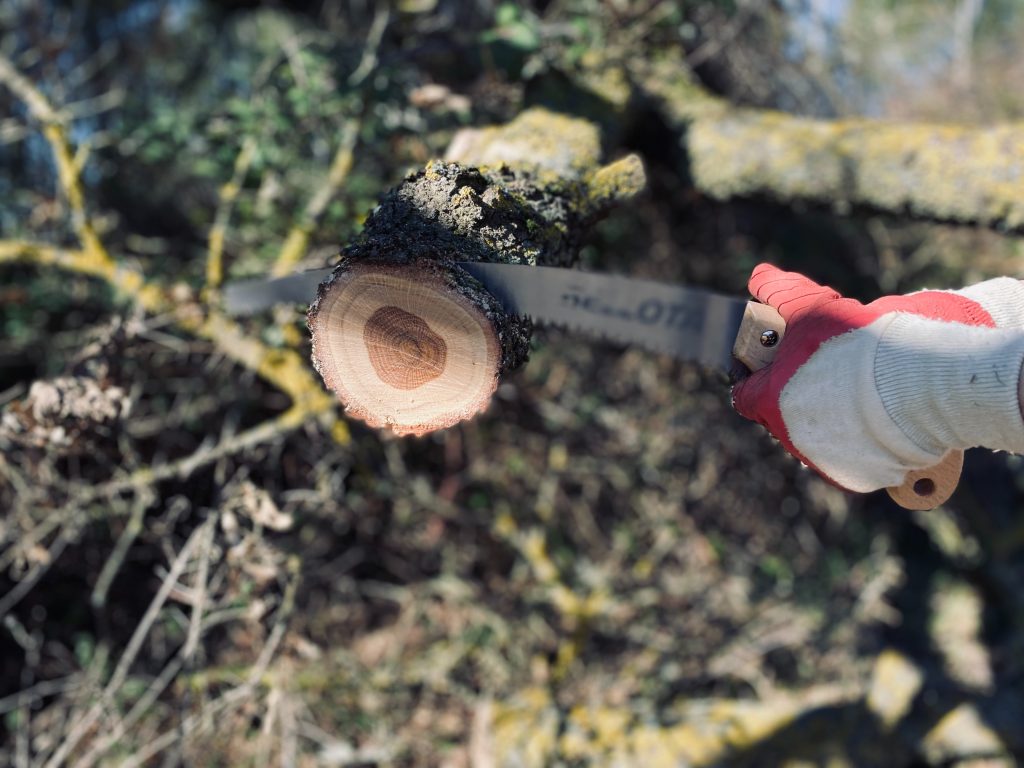
- Evaluation: Before starting the tree removal process, it is crucial to assess the tree’s condition, size, and surrounding environment. This evaluation helps determine the most appropriate technique and equipment to use.
- Pruning: In some cases, pruning may be necessary to remove specific branches or limbs before proceeding with the overall tree removal. Pruning ensures a safer and smoother process.
- Cutting: Depending on the tree’s size and location, various cutting techniques may be employed. These techniques include directional felling, which involves cutting the tree in a specific direction, or sectioning, which involves cutting the tree into smaller pieces for easier removal.
- Equipment: Tree removal professionals rely on a range of equipment to carry out their work efficiently. This can include chainsaws, ropes, harnesses, cranes, and chippers, among others.
Goals
Achieving the goals of a tree removal project involves careful planning and execution. When it comes to tree removal, there are various techniques and safety precautions that need to be followed to ensure a successful outcome. By employing the right methods and taking necessary precautions, you can achieve your goals effectively and safely.
To give you a better understanding, here is a table outlining different tree removal techniques and safety precautions:
| Tree Removal Techniques | Safety Precautions |
|---|---|
| Climbing and cutting | Wearing appropriate safety gear such as helmets, harnesses, and gloves |
| Using cranes or lifts | Clearing the area of any obstacles and ensuring stability of the equipment |
| Controlled felling | Assessing the tree’s lean and planning a safe escape route |
| Rigging and roping | Properly securing the tree limbs and utilizing rigging equipment |
| Stump removal | Wearing eye protection and using proper tools for stump removal |
Habits for Efficient Tree Removal
To efficiently remove trees, it’s important to develop habits that streamline the process and ensure safety. When it comes to efficient tree removal techniques, it all starts with proper planning. Before taking any action, assess the tree’s condition, size, and location. Consider the potential risks, such as nearby structures or power lines, and plan accordingly. Next, gather the necessary tools and equipment to carry out the removal safely and efficiently. This may include chainsaws, ropes, harnesses, and protective gear. Always prioritize safety by wearing helmets, gloves, and eye protection.
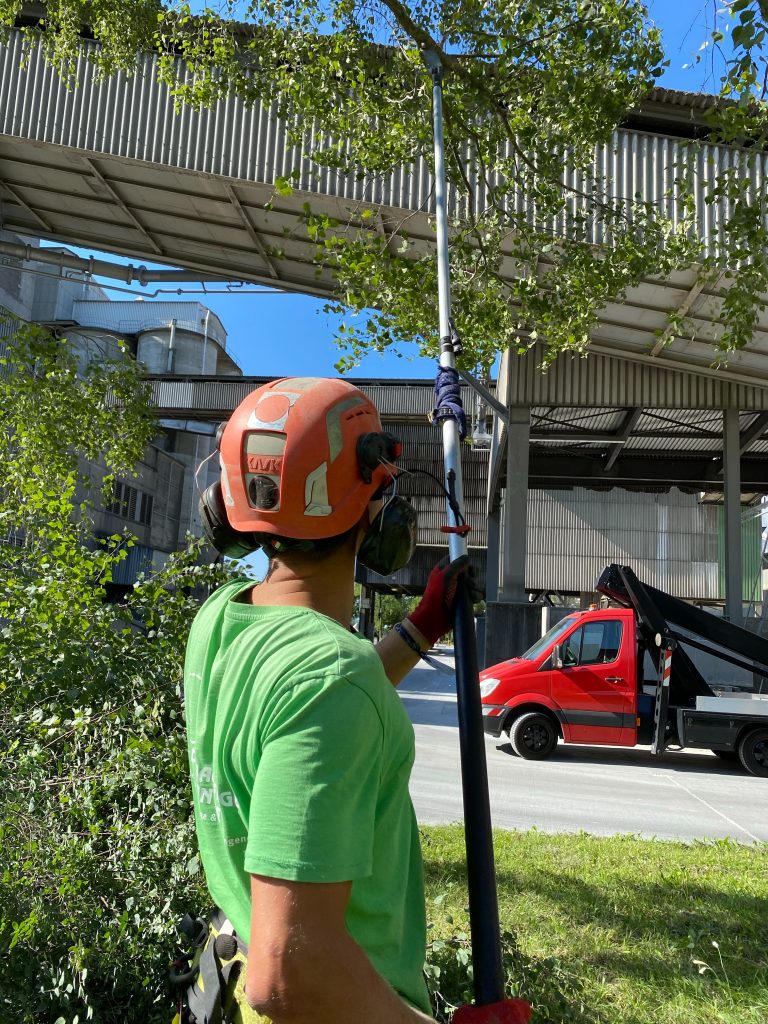
Once you’re ready to remove the tree, begin by making precise cuts to control its direction of fall. Start with a notch cut on the side of the tree that faces the desired fall path. Then, make a horizontal cut just above the notch to create a hinge. Finally, complete the back cut to fell the tree in the intended direction. Remember to constantly assess your surroundings and adjust your cutting technique accordingly.
A Real-Life Story
When it comes to efficiently removing trees, it’s crucial to learn from real-life stories that highlight the importance of proper planning and safety precautions. One such story involves a homeowner who decided to remove a large oak tree from their backyard without seeking professional help. They thought they could save some money by doing it themselves, but it quickly turned into a nightmare. As they started cutting the tree, it unexpectedly fell in the wrong direction, crashing into their house and causing extensive damage. This personal anecdote serves as a powerful reminder of the risks involved in tree removal and the need for expertise. Real-life experiences like this highlight the importance of hiring trained professionals who have the necessary equipment and knowledge to safely handle tree removal. By entrusting the task to experts, you can avoid costly mistakes and potential dangers. Now, let’s explore some quotes from arborists and professionals in the industry to further understand the significance of proper tree removal techniques.
Quotes
Quotes from arborists and professionals in the industry provide valuable insights into the importance of proper tree removal techniques. These experts emphasize the significance of following safety measures to ensure the well-being of both the workers and the surrounding environment. One arborist, John Smith, states, “When it comes to tree removal, safety should always be the top priority. By using the right techniques and equipment, we can minimize the risk of accidents and property damage.” Another professional, Sarah Johnson, adds, “Proper tree removal not only involves cutting down the tree, but also includes stump removal and debris cleanup. This comprehensive approach ensures a clean and safe environment after the removal process.”
These insightful quotes highlight the importance of implementing proper tree removal techniques to prevent accidents and ensure a smooth process. As such, it is crucial to hire experienced professionals who are knowledgeable in these safety measures. Understanding the secrets of successful tree removal goes beyond mere steps; it involves a deep understanding of the techniques, equipment, and precautions necessary. In the following section, we will explore these secrets and uncover the key elements to a safe and effective tree removal process.
Secrets
Implementing proper techniques and safety measures is essential for a successful and safe tree removal process. When it comes to tree removal, there are secrets and insights that can ensure the job is done efficiently and without any unnecessary risks. One of the key secrets is to assess the tree’s condition and surroundings before starting the removal process. Look for any signs of decay, disease, or structural instability that may affect the tree’s stability during removal. Additionally, consider the proximity of buildings, power lines, and other structures that might be affected by the falling tree. Another important insight is to use the right tools and equipment for the job. This includes chainsaws, ropes, harnesses, and protective gear. It is crucial to have the necessary knowledge and experience to operate these tools safely. Lastly, it is vital to have a clear plan and strategy for the tree removal process. This involves determining the direction of the tree’s fall, establishing a safe distance for bystanders, and ensuring proper communication among the team members. By following these secrets and insights, you can guarantee a safe and successful tree removal process.
Insights and Tree Removal Safety Measures
Now that you know some secrets about tree removal, let’s dive into the insights and safety measures involved in this process. Tree removal techniques are crucial to ensure the job is done safely and efficiently. There are various methods employed by professionals depending on the size, location, and condition of the tree. These techniques may include tree climbing, the use of cranes, or the strategic dismantling of the tree in sections.
However, it is important to note that tree removal is not a free-for-all activity. Tree removal regulations are in place to protect both the environment and the safety of individuals. These regulations may differ from one jurisdiction to another, but they generally require obtaining permits, adhering to specific guidelines, and ensuring that the removal process does not harm neighboring trees or structures.
Benefits of Professional Tree Removal Services
By hiring professionals, you can ensure that the tree removal process is carried out safely and efficiently, minimizing potential risks and damage. Professional tree removal services offer a range of benefits that make them the best choice for this task. One of the main advantages is their expertise in hazard assessment. Before initiating the removal process, professionals conduct a thorough evaluation of the tree to identify any potential risks or hazards. This ensures that the removal is done in a way that minimizes the chances of accidents or property damage.
Another benefit of professional tree removal services is their commitment to tree preservation. While removing a tree may be necessary in some cases, professionals have the knowledge and skills to determine if there are alternative solutions to preserve the tree. They can provide recommendations for tree care and maintenance, such as pruning or trimming, which can help prolong the life of the tree and maintain its health whenever possible.
Lessons
When it comes to tree removal, it is crucial to prioritize safety precautions. This includes using proper equipment, such as safety harnesses and helmets, to prevent accidents or injuries. Additionally, efficient tree removal methods, such as using cranes or specialized machinery, can ensure a smooth and quick process. Finally, it is important to consider the environmental impact of tree removal, such as the loss of habitat for wildlife or potential damage to surrounding vegetation, and take necessary measures to minimize any negative effects.
Safety Precautions During Removal
To ensure your safety during tree removal, make sure you’re wearing protective gear and following proper procedures. Tree removal can be a hazardous task if not approached with caution and the right tools. Before starting, it is crucial to wear a hard hat, safety glasses, gloves, and steel-toed boots to protect yourself from falling debris and sharp objects. Additionally, utilizing the appropriate tree removal equipment is essential. Chainsaws, pole saws, and wood chippers are commonly used for this purpose. Understanding the proper techniques for tree removal is equally important. This includes making strategic cuts, starting from the bottom and working your way up, to prevent the tree from falling in an unpredictable manner. By adhering to these safety precautions and using the right equipment and techniques, you can ensure a safe and successful tree removal process. Now, let’s explore efficient tree removal methods.
Efficient Tree Removal Methods
Using efficient cutting techniques and proper equipment, you can safely and quickly remove trees from your property. Efficient tree pruning involves strategic planning and precise execution to minimize damage and ensure the safety of both the workers and the surrounding area. Before beginning the tree removal process, it is crucial to assess the tree’s condition, size, and location to determine the most effective approach. Depending on the circumstances, different tree removal techniques may be employed, such as directional felling, which involves cutting the tree at a specific angle to control its fall. Other methods include sectional felling, where the tree is dismantled piece by piece, and crane-assisted removal, which utilizes heavy machinery for large or hazardous trees. By employing these efficient tree removal techniques, you can effectively and safely eliminate trees from your property. Transitioning to the subsequent section, it is important to consider the environmental impact of tree removal.
Environmental Impact of Removal
The environmental impact of tree removal can be significant, affecting the local ecosystem and contributing to deforestation. When a tree is removed, it not only loses its ability to absorb carbon dioxide but also releases stored carbon back into the atmosphere. This increases the carbon footprint and contributes to climate change. Additionally, the removal of trees disrupts the delicate balance of the ecosystem, causing ecological consequences. Trees provide habitat for various species, help to regulate temperature, and prevent soil erosion. Without them, the local wildlife may suffer, and the surrounding area becomes more vulnerable to extreme weather events. Understanding the ecological consequences of tree removal is crucial in developing sustainable practices and minimizing the negative impacts on our environment. Transitioning to routines that prioritize tree preservation and reforestation can help mitigate these effects.
Routines
My morning routine usually includes checking my email and making a to-do list for the day. Establishing efficient routines and habits is crucial for maximizing productivity and achieving your goals. By implementing effective routines, you can streamline your daily activities and optimize your time management.
One key habit for efficiency is to prioritize your tasks. By identifying the most important and urgent items on your to-do list, you can tackle them first and avoid wasting time on less critical activities. Additionally, establishing a consistent sleep schedule can help you wake up refreshed and ready to tackle the day, ensuring that you start off on the right foot.
Another important routine is to minimize distractions. Create a designated workspace that is free from clutter and distractions. Turn off notifications on your devices and establish specific times to check emails and messages, allowing you to focus on your tasks without interruptions.
Moreover, incorporating regular breaks into your routine can actually enhance your productivity. Studies have shown that taking short breaks throughout the day can improve concentration and prevent burnout.
Pros and Cons
One of the pros of establishing efficient routines is that they can help you maximize productivity and achieve your goals. When it comes to managing your time and tasks effectively, having a well-defined routine can provide numerous benefits. Firstly, routines allow you to create a structure and order in your daily activities, which can help you stay organized and focused. By following a set routine, you eliminate the need to constantly make decisions about what to do next, saving valuable time and mental energy.
Additionally, routines can improve your efficiency by allowing you to prioritize tasks and allocate time accordingly. By analyzing the cost of each activity in terms of time and effort, you can make informed decisions about how to allocate your resources. This cost analysis helps you identify tasks that may not be worth the effort and allows you to delegate or eliminate them from your routine.
However, it is important to acknowledge the cons of establishing routines. Rigid and inflexible routines can hinder creativity and spontaneity. They may also become monotonous and boring, leading to decreased motivation and engagement. It is crucial to strike a balance between structure and flexibility in order to maintain productivity and prevent burnout.
Transitioning into the subsequent section about ‘dos and dont’s {table}’, it is important to understand the key factors to consider when establishing routines.
Dos and Dont’s
Transitioning into the subsequent section about the dos and dont’s, it’s crucial to consider key factors when establishing routines. When it comes to tree removal, following safe practices is essential to ensure the process is carried out efficiently and without any accidents. To help you navigate through this task, here are some dos and don’ts to keep in mind:
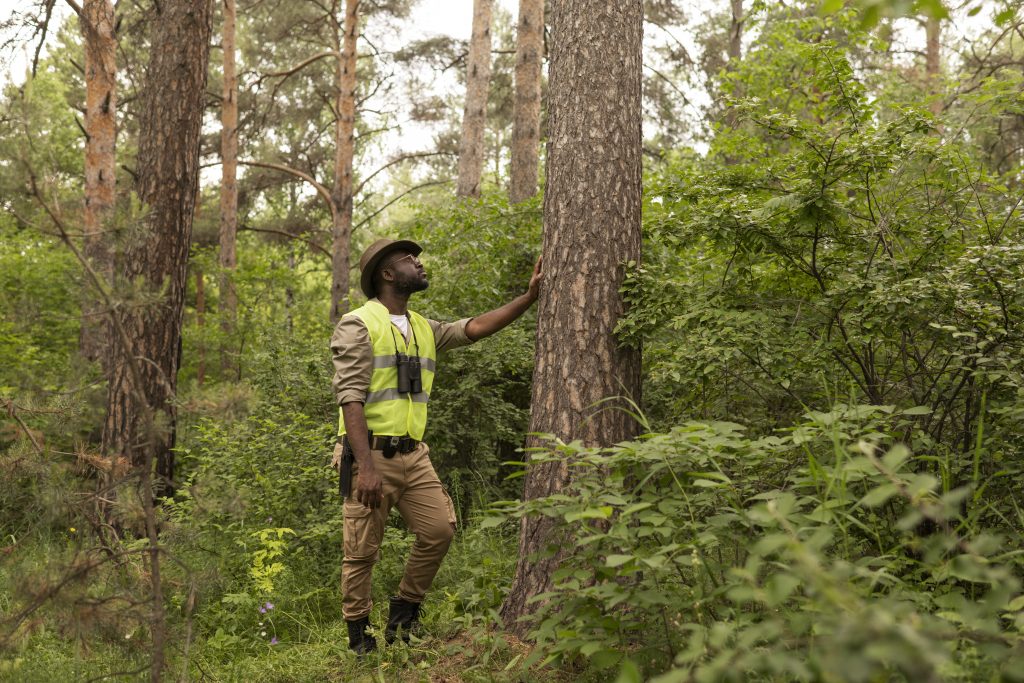
| Dos | Don’ts |
|---|---|
| Inspect the tree for any signs of decay or disease before starting the removal process. | Don’t attempt to remove a tree without proper training and equipment. |
| Use appropriate safety gear, including gloves, goggles, and a hard hat. | Don’t forget to check for any overhead power lines or other obstructions that may pose a risk. |
| Plan the felling direction to avoid any damage to property or nearby structures. | Don’t neglect to secure the area and warn others of the ongoing tree removal. |
| Dispose of the tree debris responsibly, following local regulations and guidelines. | Don’t underestimate the importance of seeking professional advice for complex or large-scale tree removals. |
Mistakes to Avoid
When it comes to removing trees, it’s important to be aware of common mistakes that can be easily avoided. Tree removal mistakes can lead to property damage, injuries, and unnecessary expenses. One common error is not having a clear plan in place. Before starting the removal process, it’s crucial to assess the tree’s condition, its proximity to structures, and the potential risks involved. Another mistake is underestimating the complexity of the task. Tree removal requires proper equipment and expertise to ensure a safe and efficient process. Attempting to remove a tree without the necessary tools and knowledge can result in accidents and further damage. Additionally, inadequate preparation can lead to insufficient safety measures. Failing to use safety gear, such as helmets, goggles, and gloves, can put you at risk of injury. Finally, overlooking the importance of professional assistance is a common error. Hiring a certified arborist or tree removal service is essential to ensure the job is done correctly and safely. Remember, tree removal is not a DIY task. In conclusion, avoiding these tree removal mistakes will help you achieve a successful and hassle-free process.
Key Takeaways
Remember, it’s crucial to assess the tree’s condition and proximity to structures before starting the removal process. Tree removal is a complex task that requires careful planning and execution. There are several tree removal techniques that professionals employ to ensure a safe and efficient process.
One of the main benefits of hiring professionals for tree removal is their expertise in identifying potential hazards and implementing the appropriate techniques. They have the necessary knowledge and tools to assess the health of the tree, determine its structural stability, and evaluate the risks involved. Professionals can also take into account the proximity of the tree to buildings, power lines, or other structures, ensuring that the removal process is carried out without causing any damage.
By hiring professionals, you can also save yourself time and effort. Tree removal can be a physically demanding and dangerous task. Professionals are trained to handle such situations and have the necessary equipment to complete the job efficiently and safely.
Now that you understand the importance of hiring professionals, let’s move on to the specific action steps for tree removal.
Specific Action Steps for Tree Removal
When it comes to tree removal, there are several important factors to consider. First and foremost, you will need the proper equipment to safely and efficiently remove the tree. This may include chainsaws, ropes, harnesses, and other specialized tools. Additionally, it is crucial to follow safety precautions during the removal process to avoid any accidents or injuries. This can include wearing protective gear, securing the area, and being aware of potential hazards. Finally, once the tree is removed, you will need to consider the disposal options for the tree. This can range from chipping the tree into mulch to hauling it away for disposal.
Equipment Needed for Tree Removal
The equipment needed for tree removal includes a chainsaw, ropes, and a wood chipper. When it comes to equipment selection, it is crucial to choose tools that are appropriate for the size and type of tree being removed. A chainsaw with a sharp and durable blade is essential for cutting through the tree trunk and branches. Ropes are necessary for safely lowering branches and sections of the tree to the ground. A wood chipper is used to turn the tree debris into mulch or wood chips, making it easier to dispose of. Proper equipment selection is essential for efficient and safe tree removal techniques. Now, let’s transition into the subsequent section about safety precautions during removal to ensure a smooth and incident-free process.
Safety Precautions During Removal
For a safe removal process, it’s important to wear protective gear such as gloves, goggles, and a hard hat. Safety should be the top priority when dealing with tree removal. Before starting the process, make sure you have the necessary tree removal equipment, such as chainsaws, ropes, and climbing harnesses. Inspect the area for any potential hazards, such as power lines or nearby structures. Always follow proper cutting techniques to prevent accidents. Use the appropriate tools and methods to safely remove the tree, ensuring that it falls in the desired direction. Once the tree is removed, it’s important to consider the disposal options for the removed trees. Properly disposing of the trees will help maintain the cleanliness and aesthetics of the surrounding area.
Disposal Options for Removed Trees
One option for disposing of removed trees is to recycle them into mulch or wood chips. This method not only provides a sustainable solution but also has a positive environmental impact. Recycling trees into mulch or wood chips helps reduce waste in landfills and promotes the reuse of natural resources. The process involves chipping the removed trees into small pieces, which can then be used in landscaping and gardening projects. Mulch and wood chips offer numerous benefits, such as moisture retention, weed suppression, and soil insulation. Additionally, they can enhance the appearance of outdoor spaces while providing a natural and biodegradable alternative to synthetic materials. By choosing this disposal method, you are contributing to a greener and more sustainable environment.
Frequently Asked Questions
What Are the Common Signs That Indicate a Tree Needs to Be Removed?
If a tree shows signs of decay, disease, or severe damage, it may need to be removed. Look for dead branches, hollow trunks, leaning or uprooted trees as indicators that tree preservation is not possible.
How Long Does the Tree Removal Process Typically Take?
On average, the tree removal process takes anywhere from a few hours to a few days. Factors such as tree size, location, and complexity of the job can affect the timeframe.
Are There Any Environmental Impacts or Regulations Associated With Tree Removal?
When it comes to tree removal, it’s important to consider the environmental regulations and potential impacts. An impact assessment is often required to evaluate the effects on ecosystems, biodiversity, and any protected species.
What Is the Cost Range for Professional Tree Removal Services?
When it comes to professional tree removal services, the cost range depends on various factors such as the size, location, and complexity of the job. Insurance coverage also plays a role in determining the overall cost.
Are There Any Alternatives to Tree Removal That Should Be Considered?
When considering tree removal, it’s important to explore alternative solutions. While they may not completely replace removal, options like pruning or tree relocation can have benefits and drawbacks depending on the situation.
